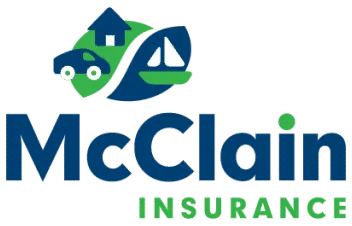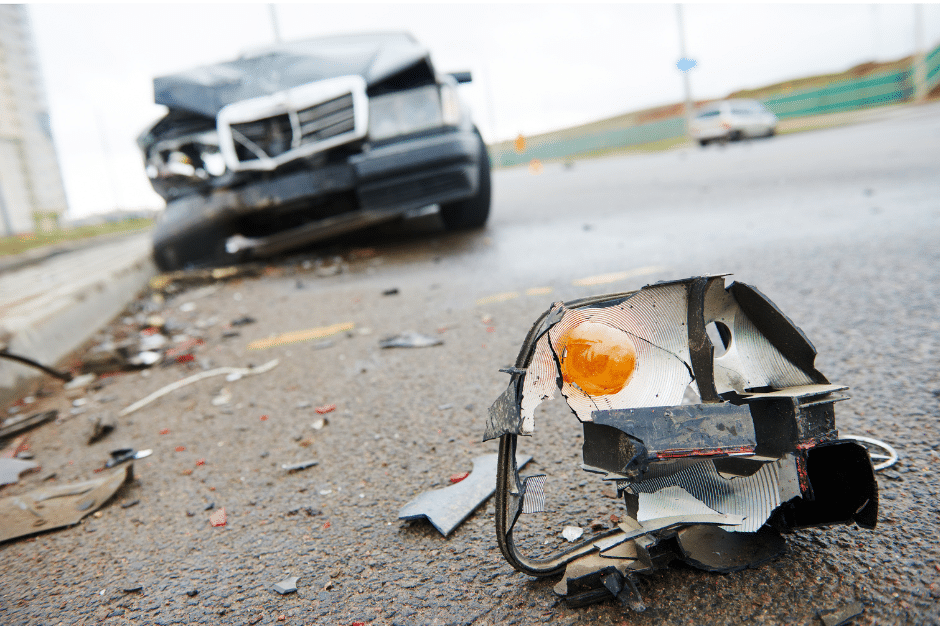One of the common questions we get from clients is what liability limits they should carry on their auto policy. The short answer? Higher, but probably more affordable, than you might expect.
While you might be tempted to lower your insurance rate by choosing lower liability limits, doing so puts you at serious financial risk if you’re involved in a collision where you’re at fault.
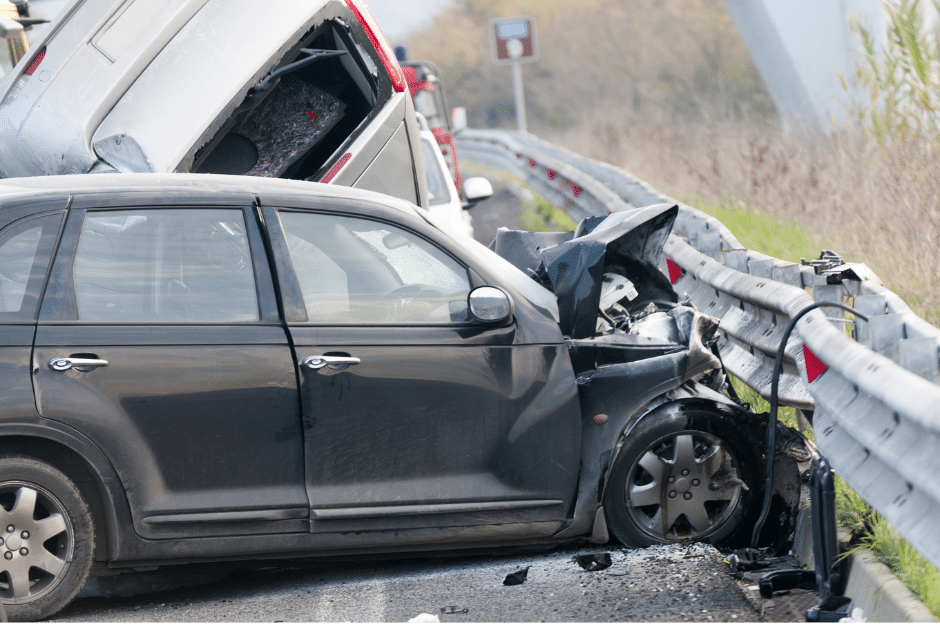
On the other hand, carrying higher liability limits will likely save you money on your insurance in the long run.
Read on for the three reasons we recommend carrying higher liability limits. But first, let’s define some terms.
What is liability?
Liability covers damage to other people’s bodies, including loss of income, and other people’s property. Your liability coverage is used for accidents where you are the at-fault driver.
In Washington and many other states, auto and motorcycle drivers are required to carry liability insurance.
There are two primary types of liability coverage:
- Bodily injury liability often includes coverage for the medical bills, loss of income and pain and suffering of a person or persons injured in an accident where you are at fault. It also covers legal costs for you if you are sued as the result of a collision where you are at fault.
- Property liability typically includes coverage for the cost of repairs to the other driver’s vehicle in an accident where you are at fault. Property damage liability also helps pay for towing fees and the cost of a rental vehicle while the other driver’s vehicle is being fixed. Property liability also covers damage to structures, such as houses, businesses or roadway features.
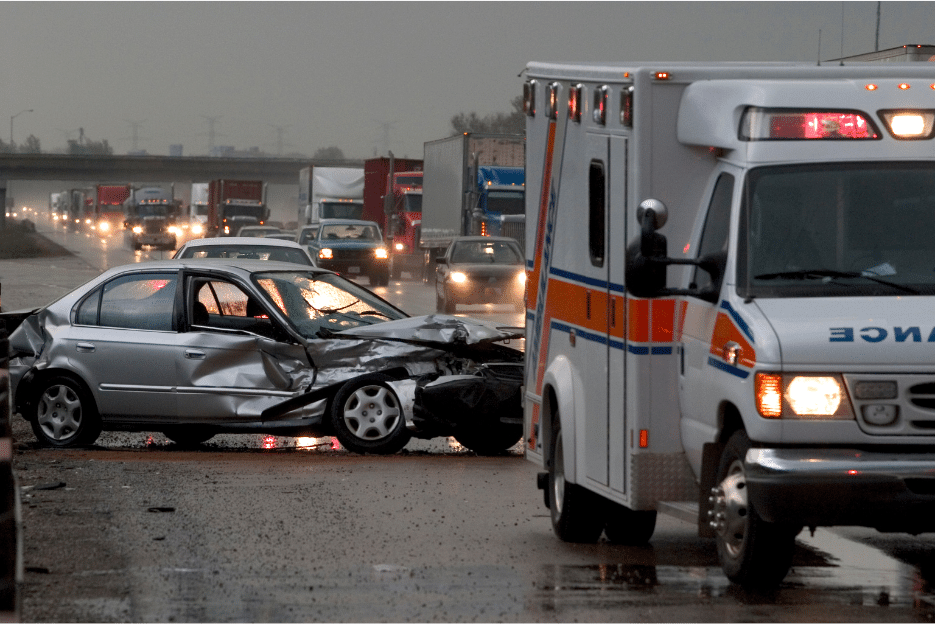
What are liability limits?
Your policy’s liability limit, also known as the coverage amount, is the maximum amount your insurer may pay out for covered claims.
Your car insurance typically includes liability limits for three types of coverage:
- Bodily injuries (one person): This is the maximum amount your insurer will pay for bodily injuries per person
- Bodily injuries (multiple people): This is the total amount your insurer will pay for bodily injuries per accident.
- Property damage: This is the maximum your insurer will pay for property damage per accident.
If you cause an accident and the loss exceeds your liability limits, you may be required to pay the difference out of your own pocket. The other party (and their insurer) can go after your assets, including your property, retirement savings, house equity, investments and current and potential future income.
Most states require a limit of $25,000 each person, $50,000 each accident for bodily injury and $10,000 for property damage. At McClain Insurance, the minimum liability limits we offer are $100,000 per person, $300,000 for bodily injuries per accident and $100,000 for property damage. However, we recommend much higher limits for our clients. We recommend choosing limits that are equal to or greater than your assets.
Why we recommend higher liability limits
While lower liability limits may have been adequate in the past, today we recommend higher limits to ensure you have adequate protection in the event of a collision. There are a number of reasons why higher liability limits are critical:
1. Medical and vehicle costs are soaring
A number of factors are contributing to much higher costs for collisions in recent years. First, supply-chain slowdowns and a shortage of repair professionals has led to longer and more expensive vehicle repairs. Newer-model vehicles are also more costly to repair. An average new vehicle is $50,000; in a multi-vehicle accident the expenses can quickly add up.
Finally, rising medical costs mean that any collisions that result in bodily injury will add significant additional costs. You may also face a personal injury claim.
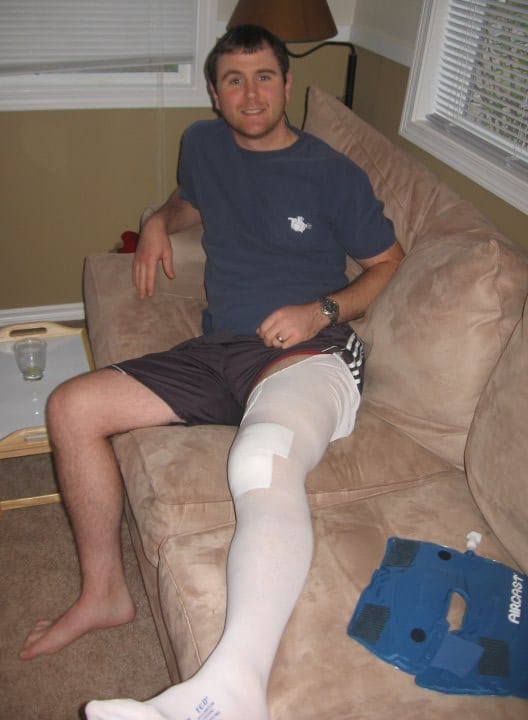
If you’ve recently had any type of medical procedure, you can likely imagine how quickly costs could escalate if someone is injured in a collision. As an example, in 2010 Nick tore his ACL and had to have reconstructive surgery on his knee. The procedure (fortunately mostly covered by health insurance, in this instance) cost about $40,000. That was for a scheduled, non-emergency surgery without an ambulance transport or hospital stay.
Costs have only gone up in the past 14 years. The average inpatient hospitalization following a motor vehicle crash is $57,000; that does not include transportation to the hospital, an extended hospitalization, loss of income or pain and suffering settlement. If you are the at-fault driver in an injury collision and you don’t have adequate liability limits to cover the resulting medical costs, you may be responsible for paying for the difference.
2. Carrying higher liability limits often leads to better pricing overall.
In most instances, increasing your liability limits will not have a major impact on your rates, but could potentially save you money in the long run.
Not only will higher liability limits provide better protection for your assets in the event of a serious collision, but having them often leads to better insurance pricing overall.
Insurance companies look favorably on people who have previously had higher liability limits. We often see lower rates at the policy renewal or if we need to move you to another company at some point.
3. Higher liability limits allow you to carry higher uninsured/underinsured motorist coverage.
You’ve likely heard us say this before: Underinsured motorist coverage is very important, especially in Washington state, where 1 in 5 drivers does not carry insurance. Another 20-25% are underinsured, carrying only the state minimum liability limits.
Underinsured motorist coverage protects you if you or one of your family members is hit by another driver who is at fault but doesn’t have enough insurance or assets to take care of your injuries or losses.
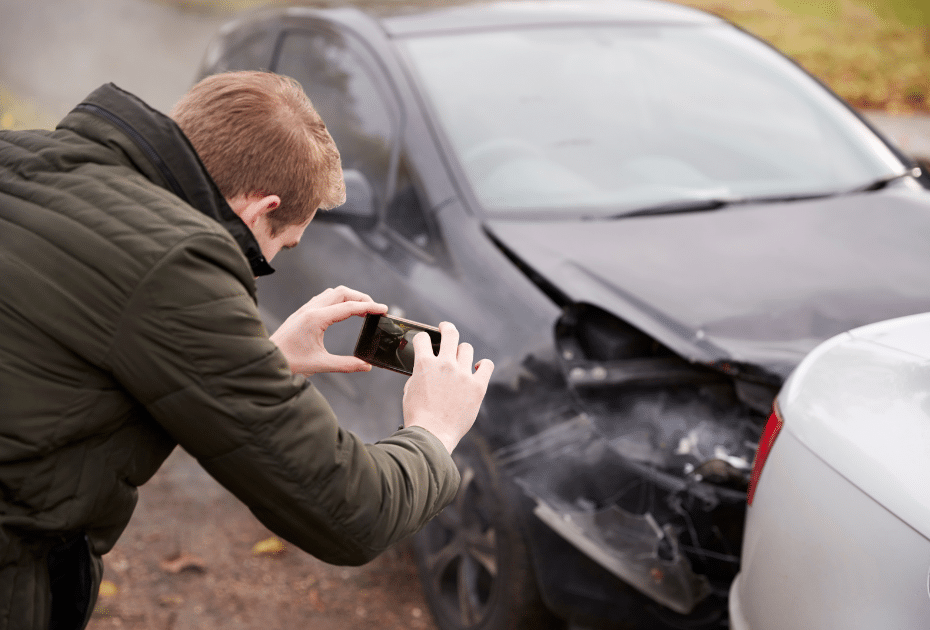
Your underinsured motorist coverage limits can only be as high as your liability limits. For instance, if you have $500,000 of liability coverage to protect you if you are at fault in a collision, we recommend you have $500,000 of underinsured motorist coverage as well.
Having higher underinsured motorist coverage is important for all of the reasons we’ve already discussed: Medical bills and car-repair costs continue to rise, and without adequate protection, you may find yourself paying out of pocket.
Real-life Client Stories
We’ve seen multiple instances where clients were carrying liability limits that were too low and then were involved in serious accidents. Without adequate protection they’ve ended up facing significant financial hardship.
We’ve also had clients experience the reverse: They’ve been hit by drivers who themselves had low liability limits and our clients ended up needing their underinsured motorist coverage to help pay for the costs of their injuries and vehicle repairs.
We’ve seen significant financial impacts for accidents of all kinds:
- If a driver causes a multiple-vehicle collision, the costs will quickly escalate, even without injuries. With the cost of vehicle repairs, repairing or totaling four or five vehicles could easily exceed $200,000.
- Our wet Pacific Northwest weather has been the cause of many collisions. We’ve had clients cross the centerline in foggy or rainy weather and cause head-on collisions, resulting in serious injuries.
- And in the unfortunate event of a fatal collision, the financial damages are significant and typically include an estimate of the victim’s potential future earnings, as well as funeral costs.
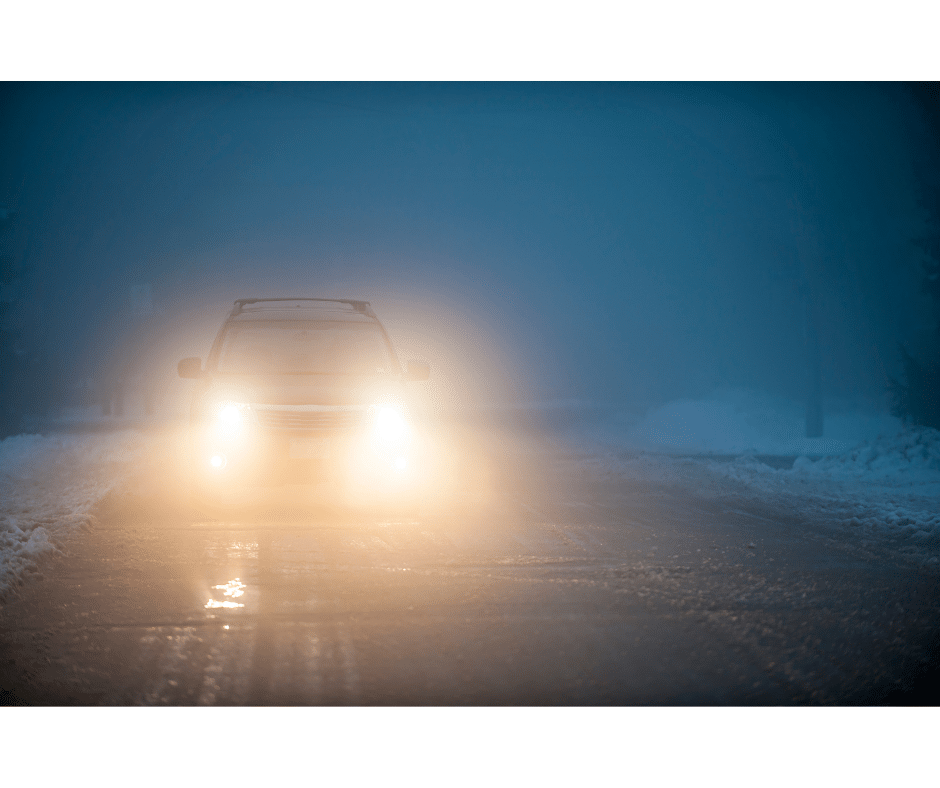
Even when there are no injuries, higher liability limits are critical. Here are a few real client examples:
- A client parked their car on an icy hill and the car slid down, hitting multiple parked cars as it rolled. Fortunately, no one was hurt, but the collision caused damage to several vehicles.
- A driver backed over a fire hydrant, causing flooding that damaged multiple businesses. The driver was responsible not only for the repairs to the buildings but for the loss of income while the businesses were closed during restoration.
- A client parked in his driveway but forgot to put the vehicle in park as he got out. The truck rolled down the driveway and plowed into a neighbor’s house, causing structural damage.
We can help!
Carrying liability limits that are equal to or greater than your assets is a smart (and affordable) investment. Our team is here to help! If you need to increase your limits or have questions about liability coverage, contact us today.

